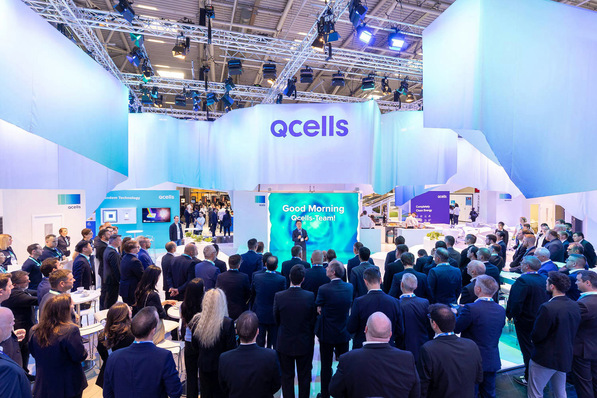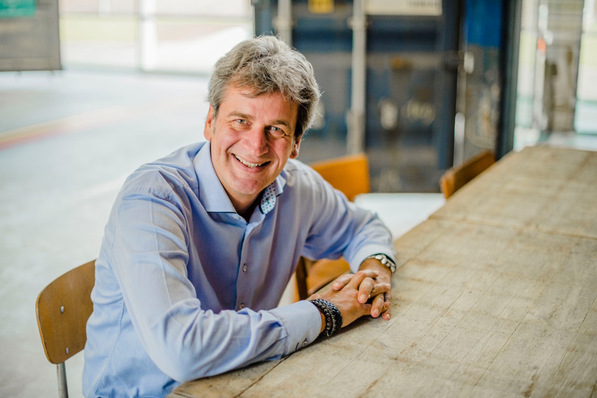In the CTS1000+ project, the Fraunhofer Centre for Silicon Photovoltaics CSP and Fraunhofer ISE worked together with industrial partners to investigate common solar modules in order to identify untapped opportunities to increase yields. The project partner and module manufacturer Heckert Solar has adopted the adapted module design for its production facility in Langenwetzendorf, which was launched at the beginning of 2023.
Simulation reduces costs and resources
The CTS1000+ project clearly shows that it is worthwhile for solar modules to accompany the necessary switch to large solar cell formats directly with module optimisation, says Max Mittag, project manager at Fraunhofer ISE. The advantages quickly add up in the complex interplay of optics, electrics and thermal management of the module. These lead to amplifying effects: In particular, optimised dimensioning of the circuitry for the half-cells and better materials were able to further increase the performance of the module prototypes. At the same time, the costs per watt of output fell thanks to improved material harmonisation and more efficient use of materials.
See also: Call for predictive maintenance in the PV industry
Many of the improvements were based on IT modelling: A frame optimised using simulations saves aluminium and reduces the ecological footprint and costs of the modules while maintaining the same mechanical stability. Lower material costs were also achieved by using thinner cell connectors. In a holistic simulation model, the Fraunhofer ISE research team determined the optimal balance between output and cell connector thickness. With the help of virtual lamination, the scientists were also able to achieve shorter process times with the same process quality.
Precise defect detection in solder joints
Project partner Denkweit developed an innovative measuring device for current flows as part of the project. This expanded the possibilities for detecting faults in solder joints. The new generation of sensors was also used in the project to analyse unevenly distributed current paths in the module.
More articles on research by Fraunhofer ISE
The application is worthwhile: with a production capacity of 100 megawatts per year, a one per cent increase today means an additional profit of 200,000 euros for the module manufacturer, with one gigawatt it is then two million euros, calculates Prof. Holger Neuhaus, Head of the Module Technology Department at Fraunhofer ISE. (nhp/mfo)








